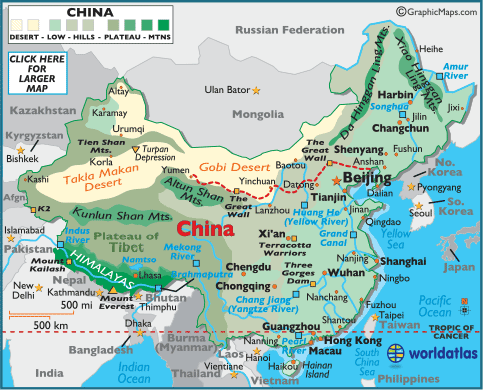Cooperative Instruction Lesson:
 |
| Group 1's ThingLink |
Reflection
By the time I reached our cooperative learning lesson most students had to leave, so I only had 4 students left. This helped me learn the importance of thinking on your feet. The groups we had already put together were not going to work, so I had to change them on the fly. We were also running out of time. So of the thing s that I needed to change for this lesson are to teach ThingLink in more depth. I did not spend enough time on explaining the use and designing aspects of ThingLink. I need to also make more of a point on how to work in groups. When working in groups students need to understand the importance of working as a whole group. Being respectful and understanding to each member of their group. Also, I need to explain to the students that they would be graded not only on the ThingLink, but, on their group mechanics.




